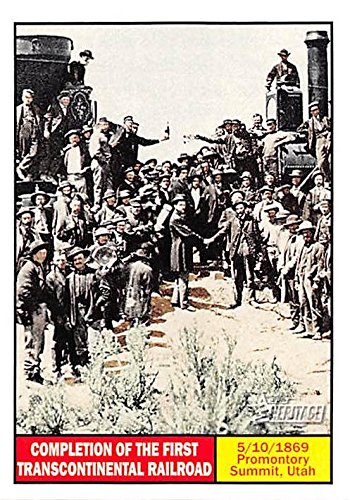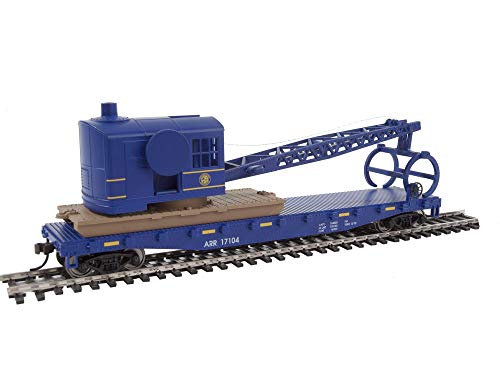I've been travelling in China since the late 1980's and will skip over my experiences other than the last decade or two, since the trains in question, their condition, and the 'colorful' experiences I had will no longer be the case. The last experience I had with a non-HST in China was back in 2009, after badly spraining my ankle and wanting to get back from Xian to Beijing on the first available train to see a doctor. I was in a four bed compartment, but since the train wasn't full, they ended up transferring the two other Chinese travelers in my compartment to another one, and I ended up in the compartment by myself. (I will skip over the details of the probably-unwise decision I made at the train station in Xian to take a ride offered on the back of a motorcycle to a Chinese herbalist. I still have the bottle of Tibetan Red Oil I purchased from her. Also, I discovered that a popsicle, still in its wrapper, backs a dandy icepack if stuffed into the side of a sock.)
More recently my train travel in China has been on the superb HSTs. My first such ride was between Shanghai and Suzhou in 2012. The HST left from the Hongqiao Station, which was a 50 minute subway ride from my hotel. In contrast, the HST all the way to Suzhou took about a half hour! One hiccup, since this was my first HST experience, is that I didn't realize that you needed to show a national identity card or a passport in order to take the HST, which was not the case for the regular trains I had been using. Unfortunately, I did not have my passport with me when I tried to buy the ticket, and I didn't have enough time to return to my hotel and get back in time to get to my meeting in Suzhou. I did have my Global Entry ID card in my wallet, though, so I pleaded my case that it was like a US government 'passport' card. (Untrue of course, but my experiences in China made me optimistic that it might work. And, two English-reading supervisors later, it did! Of course, I had to go through the same routine in Suzhou to get back, but I was willing to risk taking the slow train if it didn't.)
In later trips, I took the HSTs between Beijing and Shanghai, between Guangzhou and Hangzhou, and between Wuhan and Hong Kong, just before the pandemic lockdown. These days you must book your tickets well in advance, at least for the most popular routes. I had the universities I was speaking at arrange my tickets, but just about any travel agency can do it, so you don't have to go to the station to book tickets. The train stations from which the HSTs leave are ultra-modern, with signage in Chinese and English, though extremely crowded. Allow plenty of extra time to get to your train, especially the first time you use a particular station.
The seats onboard are comfortable, and there is overseat luggage rack room adequate for rolling bags. (I never had to check luggage, so cannot speak as to how convenient and efficient that process might be.) Signage on the trains tell you how fast you are going, which turned out to be just about the only photos I took that turned out, since my Lumix camera captured mostly unreadable blur out the windows, sadly.
By the way, the 10 year visas into China which were suspended for three years due to COVID are now valid again, and you can apply to get a special three year visa when an existing 10 year visa expires to account for the three year suspension!






















































